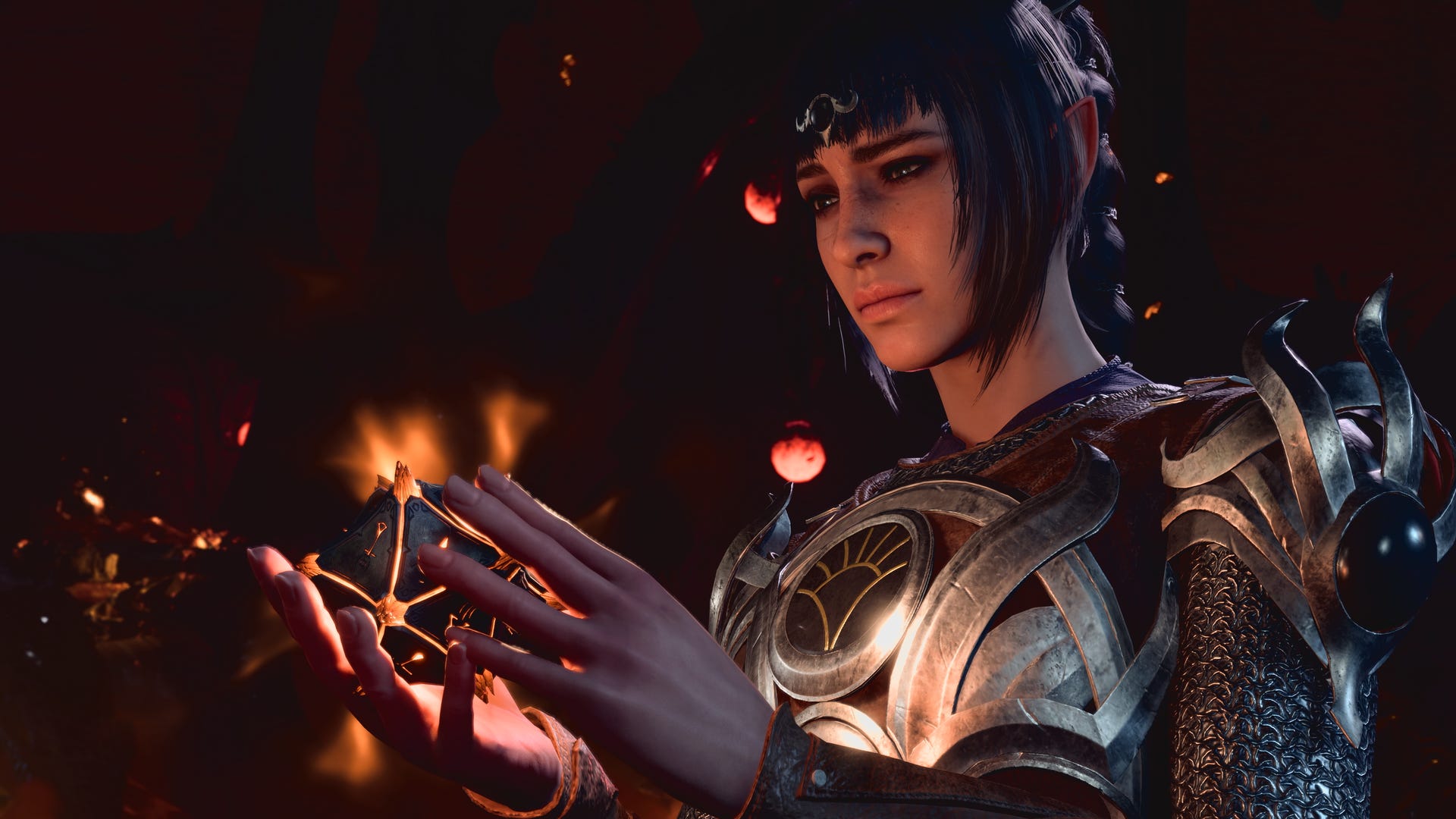
Baldur's Gate 3's initial story hook is simple: you have a mindflayer parasite in your brain, and you probably don't want that (unless...?). Its gameplay hook is much more ephemeral though: the promise of not just adapting the Dungeons & Dragons system, as plenty of games have done before, but taking that wide improvisational space of playing at the table into the more rigidly coded world of a video game.
It's an ambitious idea, particularly in the CRPG space, where there's a general trend that very close adaptations of tabletop rulesets tend to feel hostile to their players - we rely on human moderation to fudge dice rolls, adapt encounters, and respond to their players, and a straight adaptation running on cold hard random numbers alone can feel like the person (computer) running the game is being cruel. But, at least for the first 30 hours, as it responds to the choices you've made through character creation, dialogue, and even tiny interactions with its world, developer Larian seems to pull off the unlikely, and make an RPG that feels truly collaborative.
This breadth of possibility in Baldur's Gate 3 is really an illusion - but one that's closer to excellent stagecraft than a distracting wizard spell, and it's meticulously done. The magician Larian pulls a rabbit out of its hat, and instead of looking up the developer's sleeve you think about casting Speak with Animals, or doing an animal handling check to try and pet it, or maybe seeing if it has unique responses to a wildshaped druid.
